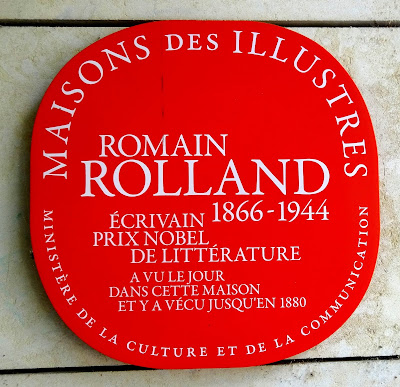In 1957 Albertine Sarrazin – who would later briefly become a bestselling author – famously (or should that be infamously?) jumped from a wall to escape from La Citadelle, Doullens, where she was a prisoner. I've written about her biography below, and also her first novel L'Astragale (Astragal in English), which begins with her talking about her broken astragal, a bone in the ankle. She was relatively lucky: another inmate later leapt over the wall and broke both her arms and legs.
My Albertine Sarrazin posts:
––––––––––––––––––––––––––––––––––––
Albertine Sarrazin: La Cavale | Runaway
Jacques Layani: Albertine Sarrazin : une vie
Albertine Sarrazin: L'Astragale | Astragal
Albertine Sarrazin in Doullens, Somme











































